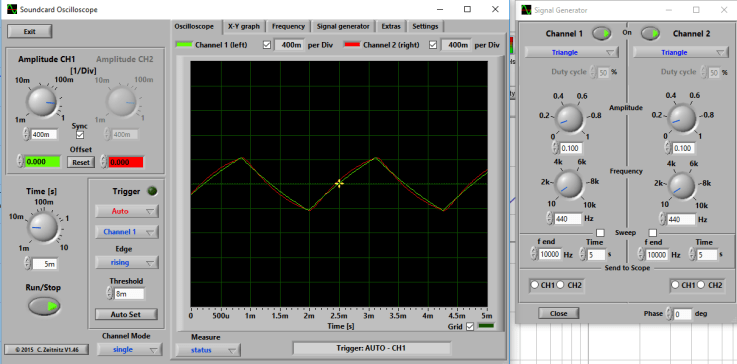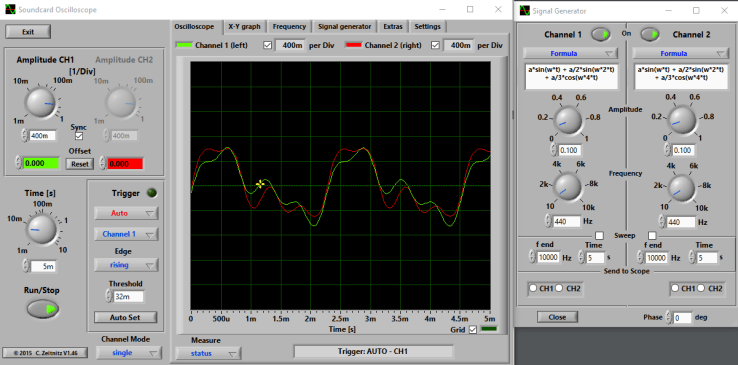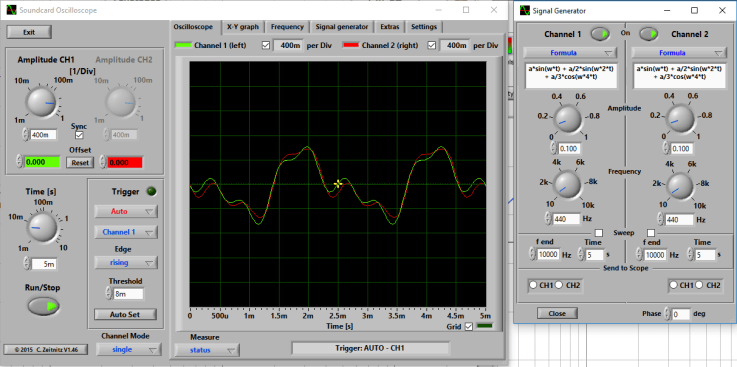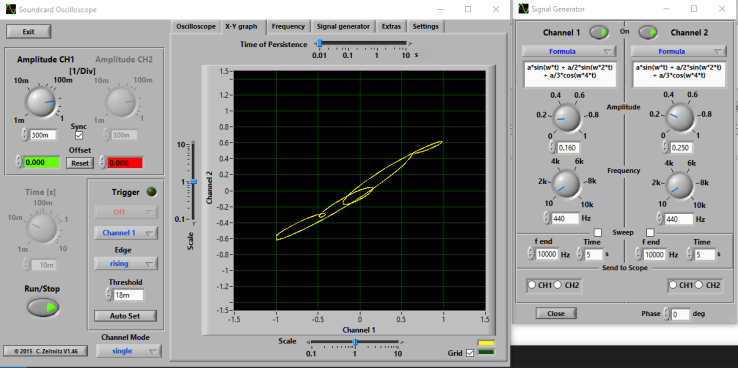Recently I acquired a BOSS OD-3 Overdrive by chance, just because it was being sold by the same vendor than the BOSS OS-2, both to be fixed. Their problem was the same, just the potentiometers needed deep cleaning. I modified the OS-2, but after checking the OD-3 out, I didn’t feel like modifying it. Just started to love it: very natural sounding, following dynamics while playing, the most amp-like overdrive I have had in my hands.
I have played for a while with it and with my other favorite overdrive, the J.Rockett Tim Pierce Overdrive. This is an overdrive based on the typical operational feedback loop soft clipping (like TubeScreamer), very well designed and manufactured, with an additional, very useful and sweet boost. It cleans up very well when playing soft and have the distortion range I need. And because of it I have become a fan of a superguitar player, Tim Pierce.
Both overdrives are amazing, but sound differently, each one is good for each style and situation, and when stacked, you get a very mid rangey, cutting through tone, while not too dirty tone. I feel the OD-3 more dynamic, with more bass response, while the Tim Pierce is more focused on mids and covers a wider distortion range.
The circuits are very different. I don’t have schematics for Tim Pierce, but seems very similar to J. Rockett Animal Overdrive plus the boost circuit they call “Power Amp”, because it is designed to emulate one of Tim Pierce’s favorite amps, the Naylor SD60. Basically it is a Tubescreamer style overdrive with four diodes placed in pairs in the feedback loop of a JRC4558 opamp, and very well chosen values for the different resistors and capacitors to tailor the frequency response. BOSS OD-3, on the other hand, has a very original design I am still trying to understand, based on a two stage diodes clipping with JRC4558 JFET transistors. There is an operational amplifier, used only for tone shaping and signal level raising. You can see below the schematics:

Trying to dig into the differences between the two styles of clipping, I did some measurements with my laptop. First I generated a couple of signals and captured the output with a Oscilloscope software, let’s see the results.
Pedal settings
These are the settings of both pedals for the measurements, they are basically my favorite settings:

Time domain
First, let’s see how they react in front of a triangle signal, probably the most simple signal with some harmonics. I have used my soundcard and a great tool called “Soundcard Oscilloscope“. Frequency is 440Hz and level is 100mV, green line is the original signal and red line is the distorted one, for all graphs:


Interestingly, the Tim Pierce seems to almost not distort the signal, while the OD-3 produces a nice gradual clipping of the signal. Working with smaller signals and different frequencies, both seem to be distorting signals as little as 5mV, keeping almost this same shapes. To explain why they seem cleaner to the ear for smaller signals, a more extensive study should be done, with many frequencies and levels and a real or simulated guitar signal.
For this article, I have used a formula that yields a signal with some harmonics, trying to mimic what a guitar output signal could seem like: a*sin(w*t) + a/2sin(w*2*t) + a/3*cos(w*4*t). It is not by any means a guitar signal emulation, just something a little more complex than a triangle-shaped signal.


Not very different, just seems that the OD-3 distorts more the signal. It is very clear in the X/Y graphs, obtained in this case for a 250mV signal. The reference signal is of 160mV to keep the signal at similar levels, the difference only affects the angle of the shape. This graph represents the output signal (Y) as a function of the input signal (X), for the whole cycle, that’s why it gives different values for each X. The Y value is the value for that X at a certain instant, and X can have several times the same value in the complete cycle.
In summary, with no distortion at all you obtain a diagonal line, with two sine waves out of phase you get an ellipse and with a distorted signal you get a beautiful shape that can remind you of a signature, a baby, a seahorse… The more distorted the signal, the less similar to a diagonal line it is.


The shape is almost the same for smaller signals at 440Hz and for other frequencies. Tim Pierce Overdrive signal seems to be less distorted, more close to a diagonal line.
Frequency domain
Let’s see now the frequency response, for each one of them and for the stacked set. It has been measured with a soundcard and REW software, with this parameters:
Stepped sine measurement at -20,0 dBFS 1/3 octave, 2 averages, FFT length 65536 0 ms silence 31 measurement points.
Please click on it to zoom:
Yellow graph represents BOSS OD-3 response. A more flat response curve (from 100Hz up to 10KHz) compared to the blue line, which represents the Tim Pierce response, more focused on mid range frequencies. The yellow OD-3 line reminds me of the typical Kilimanjaro shape of many amplifiers, with two bumps in low (200Hz) and high frequencies (1KHz), and a slight scoop in between. The high frequencies bump varies a lot when rotating the tone control.
Tim Pierce response is the typical Tubescreamer shape, with a maximum around 500Hz. When stacked (green line), the result is an even more mid rangey tone, with a slight bump at 300Hz.
Summary
After this brief study, I have no idea why I like these two overdrives. Even more, BOSS OD-3 seems more “transparent” or natural to my ear than Tim Pierce Overdrive, but OD-3 is distorting more the signal. I suppose it has to do with the frequency response of the OD-3 compared to the Tim Pierce, which is more open and roughly similar to the response of the amplifier. Or maybe it has to be with the harmonics they are generating, it can also be measured with REW.
When stacked, you notice that the guitar tone cuts through the mix, and it is confirmed by the combined frequency response. That combination will give you that “more” needed for a solo or a particular riff.





